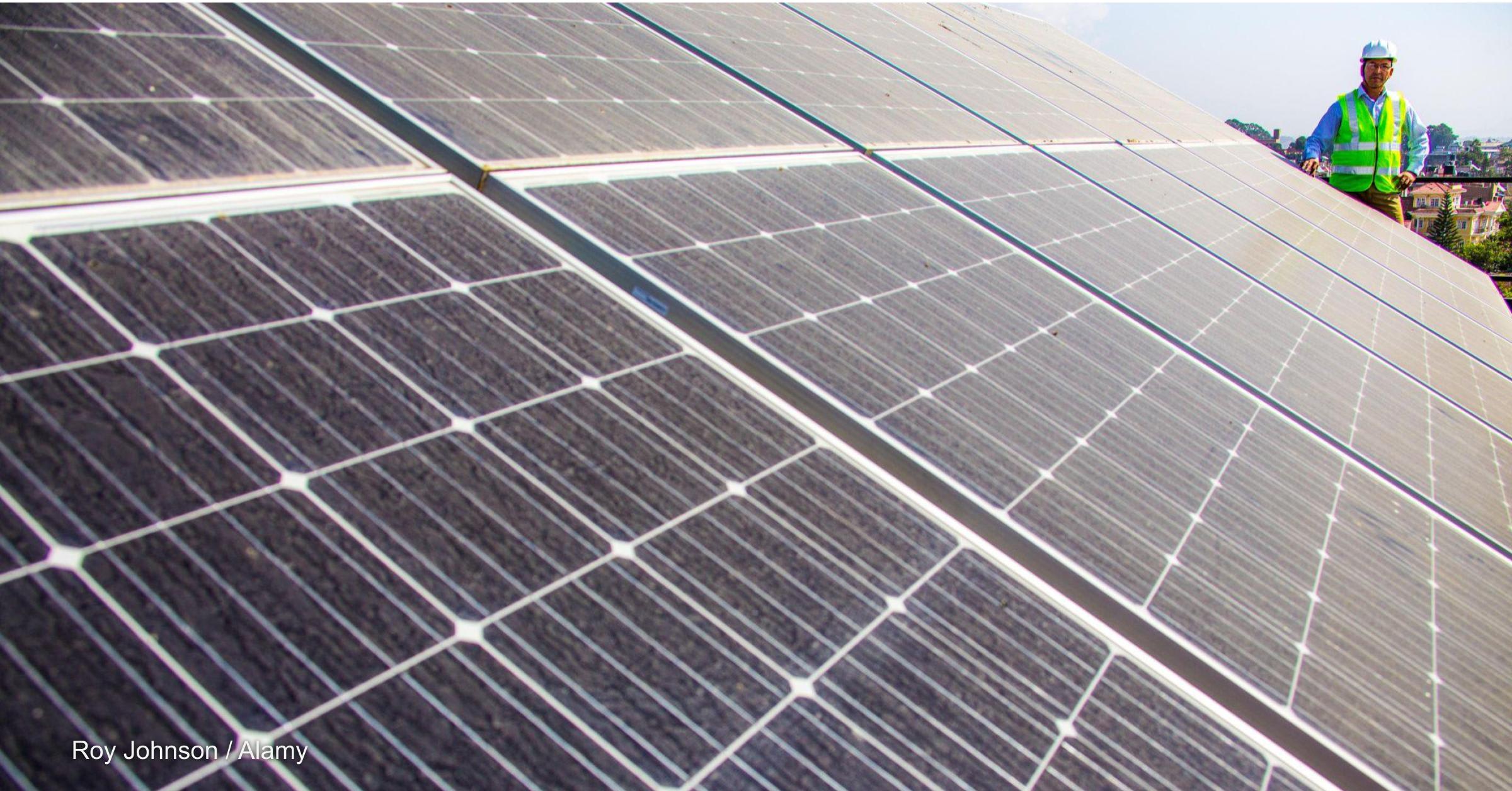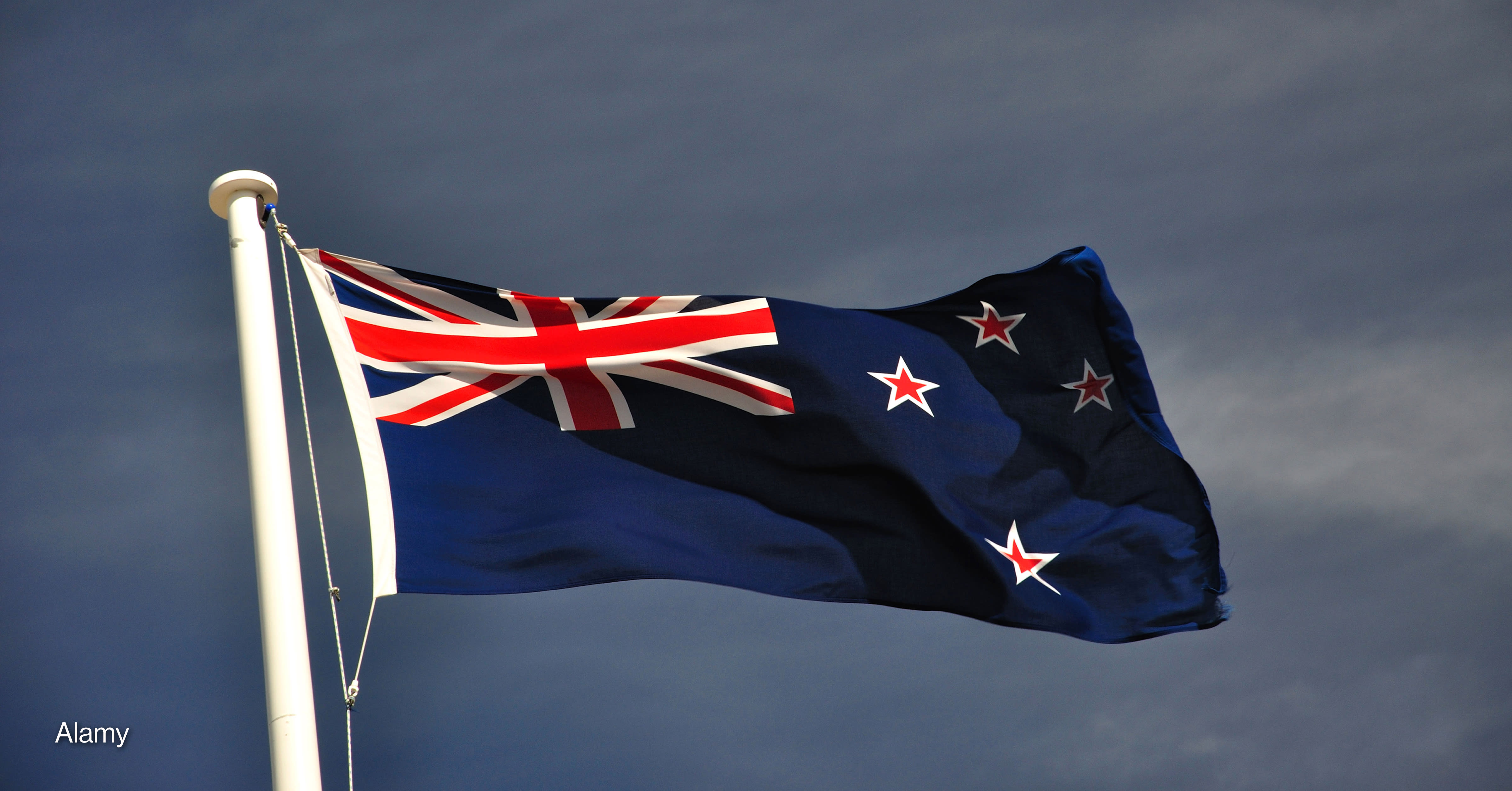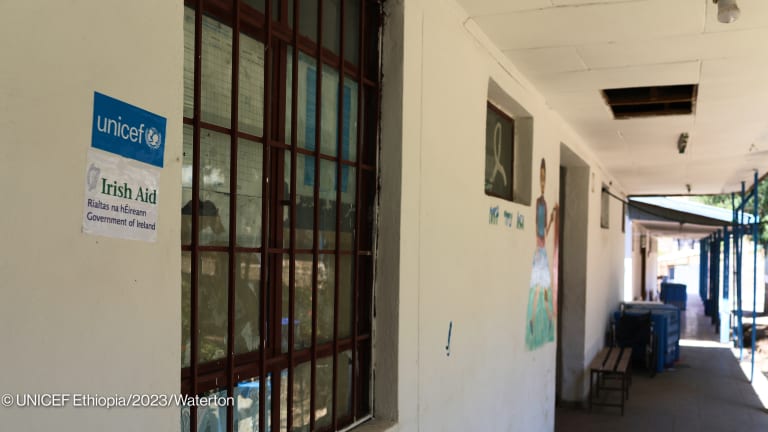Who are the health sector's top bilateral donors?
Global health has always been a priority of the Development Assistance Committee member countries. But how much is actually spent — and for what? We looked into the data to find the answers.
Last week, world leaders convened in Geneva to kick off the 76th World Health Assembly — an annual event that sets the policies, budget, and leadership of the World Health Organization. WHA also serves as an avenue to discuss important health topics — from existing emergencies, neglected health issues to future pandemics. Global health has always been among the top priorities of the Development Assistance Committee member countries — the leading source of global development funding. But exactly how much funding goes to this sector? In this analysis, we looked into the most recent final data from the Organisation for Economic Co-operation and Development, from 2021, to determine the top bilateral donors in the health sector. We also examined their priority areas and geographies. OECD breaks down top donors' activities into sub-sectors. This offers a different perspective from how the sectoral distribution of official development assistance, or ODA, is usually reported — which is in broader thematic sectors, often in billions of dollars. By having this granular analysis, we were able to see how much each of these areas received. Finally, all figures from OECD were adjusted to 2021 U.S. dollar constant prices. This allowed us to make comparisons with respect to changes in inflation rates. How are health-related ODA reported? Donors report their individual projects to OECD through the Creditor Reporting System. This tracks where the aid is going, including the recipient countries and target sectors. The ODA to the health sector is broken down by OECD into the following top-level areas: • General health, including education, training, research, policy and administration, and medical services. • Basic health, including health care, nutrition, health infrastructure, and disease control. • Noncommunicable diseases, including prevention and control. • Population policies or programmes and reproductive health, including reproductive health care, family planning, and HIV/AIDS control and prevention. How much was spent on health? ODA to the health sector has been fluctuating in the last five years. From $16.2 billion in 2017, it plummeted to $13.4 billion in 2019, then climbed again to $18.3 billion in 2020 — during the early days of the pandemic. In 2021, DAC member countries spent a total of $21.6 billion — representing a $3.3 billion, or 18.1%, real-term increase from the previous year. The increase closely relates to the $3.2 billion additional spending for COVID-19 response. Except for the United Kingdom and South Korea, all the DAC donors increased their health ODA in 2021. Aside from bilateral donors, multilateral agencies were also a source of health ODA — worth $11.8 billion in 2021. These figures excluded ODA from EU Institutions; OECD counts money from the European Union as bilateral contributions. Overall, this puts the health ODA in 2021 at $33.4 billion — or between 17% and 18% of total development aid. What were the priorities? DAC’s health ODA can be further broken down into 24 sub-sectors or priority areas. Among them, the largest share in 2021 went to COVID-19 control, worth $7.1 billion — nearly a third of the total. Donors also spent a significant amount on controlling sexually transmitted diseases, such as HIV/AIDS. This area received $4.8 billion — or 22.3% of the total. Other priorities included health policy and administration, with $1.7 billion, reproductive health care, with $1.3 billion, and infectious disease control, with $1.1 billion. Although the overall health ODA in 2021 grew, this was heavily due to increased COVID-19 spending. Overall, 15 sub-sectors received less ODA in 2021, with STD control seeing the biggest dip, worth nearly $470 million. Where was the money spent? A significant proportion of health ODA went to activities targeting several countries from different regions. OECD labels it as “development countries, unspecified.” In total, multicountry projects received $6.7 billion. Among countries, the top recipients were South Africa, with $701.6 million, Uganda, with $582 million, and Bangladesh, with $567.8 million. Who were the top health bilateral donors in 2021? The top 10 donors spent $18.9 billion in 2021 — representing 87.8% of the total health ODA. 1. United States Total bilateral spending on health in 2021: $8.2 billion. The U.S. health ODA in 2021 was nearly the same as the previous year, although its share from DAC’s total dipped — from 44.8% in 2020 to 38.2% in 2021. From $10 billion in 2017, its ODA went to $6.9 billion in 2019. It then increased to $8.2 billion during the early days of the pandemic. In 2021, more than half of its health ODA, worth $4.6 billion, went to the control of sexually transmitted diseases — such as HIV/AIDS. Other priorities included malaria control, with $696.2 million, reproductive health care, with $493 million, and health policy and administration, with $478.2 million. Among the countries, South Africa received the biggest share, worth $654.3 million. Kenya followed, with $420 million, Nigeria, with $416.4 million, and Mozambique, with $412 million. A further $2 billion went to multicountry projects. 2. Germany Total bilateral spending on health in 2021: $2.6 billion. Germany accounted for 12.3% of the total health ODA in 2021. This also represented a real-term increase of $362.3 million, or 15.8% from the previous year. Some of its priorities were infectious disease control, with $366.4 million, health policy and administration, with $190 million, and medical research, with $126.2 million. Most of its health ODA, worth $1.7 billion, went to multicountry projects. Among the countries, China got the biggest share, worth $98.5 million. Lebanon ranked next, with $36 million, Yemen, with $34.6 million, and Afghanistan, with $32.7 million. 3. Japan Total bilateral spending on health in 2021: $1.6 billion. Japan’s health ODA increased by $534.8 million from the previous year. A significant portion went to health policy and administration, worth $382.5 million. Other priorities include basic health infrastructure, with $250.7 million, medical services, with $82.4 million, and infectious disease control, with $62.1 million. Geographically, the biggest share went to Bangladesh, worth $315.4 million. Then Brazil, with $161.7 million, India, with $78 million, and Vietnam, with $66.3 million. A further $218.5 million went to multicountry projects. 4. Canada Total bilateral spending on health in 2021: $1.5 billion. Its health ODA increased by 145.1% due to nearly $800 million additional funding for COVID-19 in 2021. Canada spent $115.8 million to support nutrition. Among its other focus areas were reproductive health care, with $90.3 million, population policy and administration, with $80 million, and family planning, with $55.8 million. South Sudan received the biggest chunk of its health ODA, worth $48.3 million. Bangladesh ranked next, with $46.2 million, Mozambique, with $42 million, and Mali, with $32 million. 5. United Kingdom Total bilateral spending on health in 2021: $1.4 billion The U.K.’s health ODA dipped by $843.8 million, with the decrease present across different sub-sectors. The biggest portion of its ODA went to medical research, worth $371.9 million. Other primary focus areas included COVID-19, with $256.1 million, health policy and administration, with $178.7 million, and family planning, with $177.4 million. Half of the U.K.’s health ODA, worth $702 million, went to multicountry projects. Among countries, South Sudan was the priority, with $34.1 million. Then Nigeria, with $30.1 million, Pakistan, with $26.8 million, and the Gambia, with $23.3 million. 6. France Total bilateral spending on health in 2021: $1.1 billion. France increased its spending by nearly $600 million, more than twice its health ODA in 2020. The health policy and administration area was among its priorities, receiving $91.5 million. Basic health care ranked next, with $85 million, basic health infrastructure, with $53.4 million, and STD control, with $50.4 million. The Dominican Republic was the priority country, with $235.6 million. Bolivia ranked next, with $119.7 million, Indonesia, with $58.4 million, then Rwanda, with $54.1 million. 7. Australia Total bilateral spending on health in 2021: $768.8 million. Australia’s health ODA increased by $348.3 million. The donor prioritized health policy and administration, receiving $98.5 million. Then infectious disease control, with $56.5 million, STD control, with $38.2 million, and basic health infrastructure, with $37 million. Among the countries, Papua New Guinea got the largest amount, worth $200.8 million. Followed by Indonesia, with $126.5 million, Cambodia, with $38.8 million, and Vietnam, with $37 million. 8. South Korea Total bilateral spending on health in 2021: $647.4 million. South Korea’s health ODA slightly decreased by $16.7 million. A large chunk of its ODA, worth $126 million, went to medical services. Infectious disease control ranked next, with $117.3 million, health policy and administration, with $21.7 million, and reproductive health care, with $19.7 million. The Philippines was the biggest recipient country, with $111.2 million. Then Colombia, with $104.4 million, Ethiopia, with $36.4 million, and Ghana, with $33.4 million. A further $115.6 million went to multicountry projects. 9. Norway Total bilateral spending on health in 2021: $532.6 million. Norway’s health ODA slightly increased by $53.7 million. It spent $80.7 million on basic health care, $61.8 million on infectious disease control, and $26.3 million on health policy and administration. Norway spent mostly on multicountry projects, which received $458.1 million overall. Among countries, its priorities were Malawi, with $12.4 million, Palestinian territories, with $7.2 million, and South Sudan, with $5.8 million. 10. Switzerland Total bilateral spending on health in 2021: $459.6 million. Switzerland’s health ODA increased by $184.9 million from the previous year. Its priorities included basic health care, with $95.2 million, infectious disease control, with $93.4 million, and health policy and administration, with $75 million. More than half of its health ODA, worth $265.6 million, went to multicountry projects. Meanwhile, Ukraine got the biggest share among the countries, worth $17.4 million. Then Nepal, with $12.1 million, the Democratic Republic of Congo, with $11.2 million, and Thailand, with $10.5 million. Try out Devex Pro Funding today with a free five-day trial, and explore funding opportunities from over 850 sources in addition to our analysis and news content.
Last week, world leaders convened in Geneva to kick off the 76th World Health Assembly — an annual event that sets the policies, budget, and leadership of the World Health Organization. WHA also serves as an avenue to discuss important health topics — from existing emergencies, neglected health issues to future pandemics.
Global health has always been among the top priorities of the Development Assistance Committee member countries — the leading source of global development funding. But exactly how much funding goes to this sector?
In this analysis, we looked into the most recent final data from the Organisation for Economic Co-operation and Development, from 2021, to determine the top bilateral donors in the health sector. We also examined their priority areas and geographies.
This story is forDevex Promembers
Unlock this story now with a 15-day free trial of Devex Pro.
With a Devex Pro subscription you'll get access to deeper analysis and exclusive insights from our reporters and analysts.
Start my free trialRequest a group subscription Printing articles to share with others is a breach of our terms and conditions and copyright policy. Please use the sharing options on the left side of the article. Devex Pro members may share up to 10 articles per month using the Pro share tool ( ).
Miguel Tamonan is a Senior Development Analyst at Devex, where he analyzes data from public and private donors to produce content and special reports for Pro and Pro Funding readers. He has a bachelor’s degree in Political Science with a Major in International Relations from the Polytechnic University of the Philippines.








